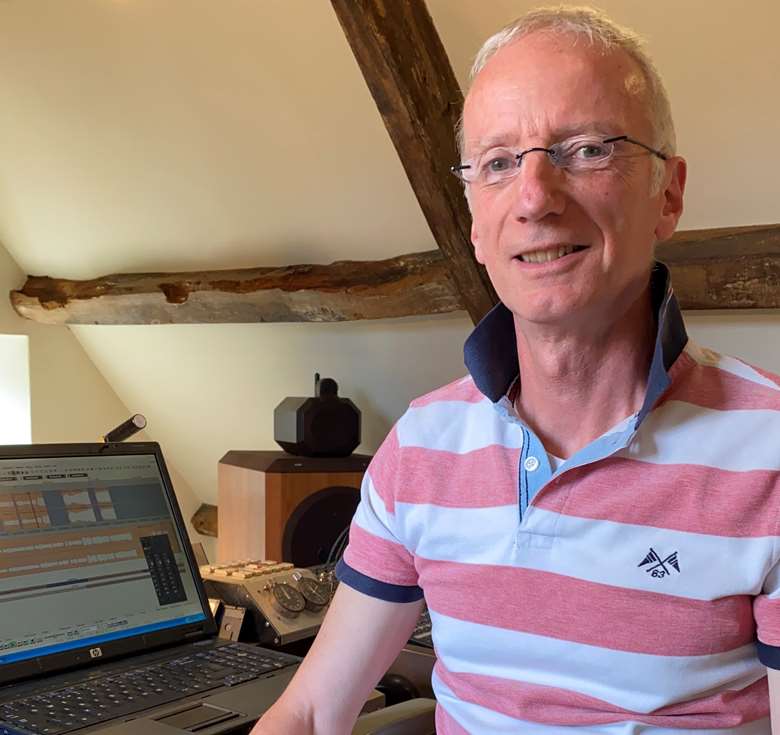The art of the recording engineer: a conversation with Simon Eadon
Friday, August 13, 2021
What does a recording engineer do? How has the technology changed in recent years? The acclaimed engineer behind more than 1800 recordings offers his fascinating insights

Register now to continue reading
Thanks for exploring the Gramophone website. Sign up for a free account today to enjoy the following benefits:
- Free access to 3 subscriber-only articles per month
- Unlimited access to our news, podcasts and awards pages
- Free weekly email newsletter







